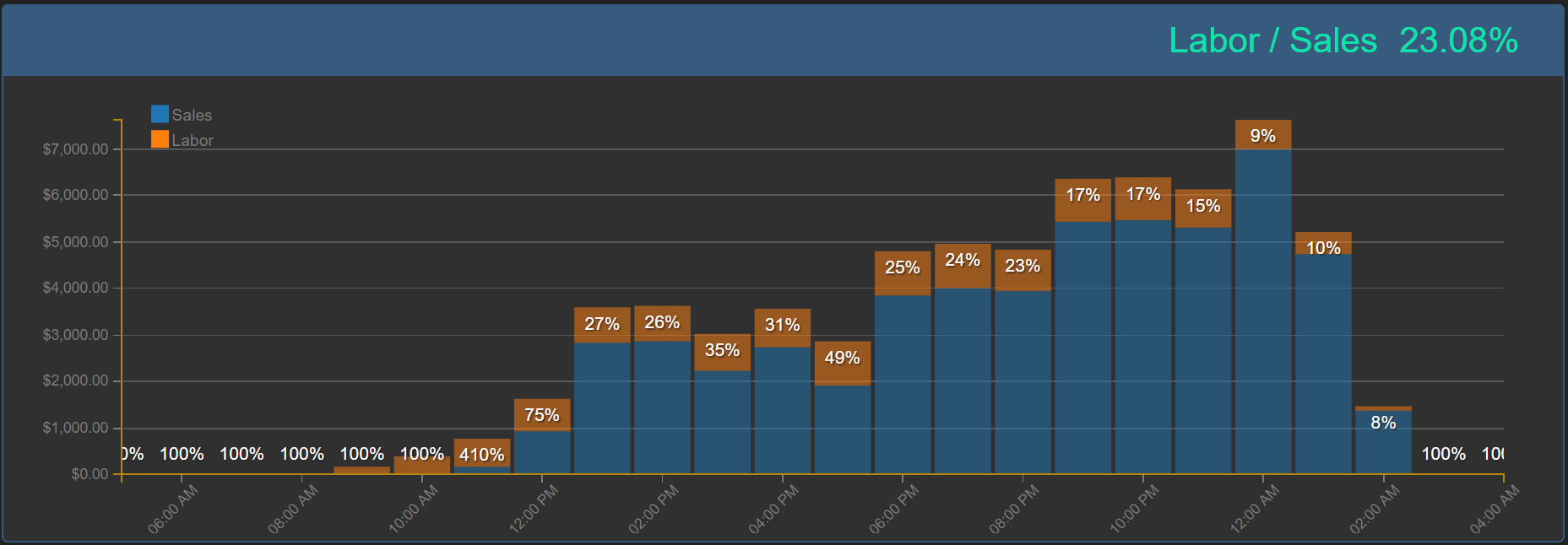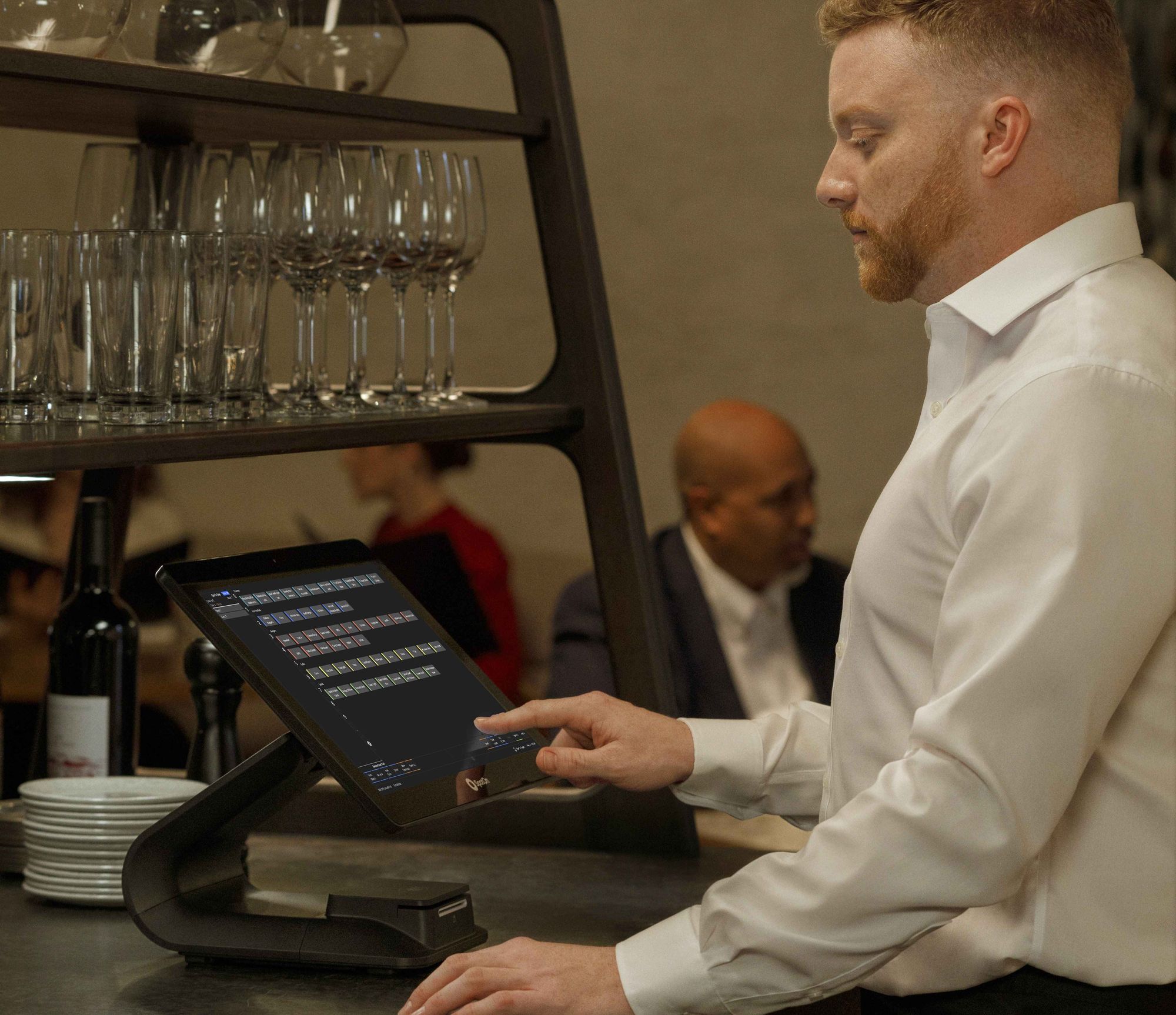Labor costs can eat up a huge chunk of revenue for restaurants, but how much is too much? In order to figure that out, you first need to determine the labor-to-revenue ratio for your business. From there you can compare your ratio to the industry average for similar types of restaurants. More importantly, you can get a closer look at where your money is going over time and how to run your restaurant more efficiently.
How to calculate labor-to-revenue ratio
The labor-to-revenue ratio can also be referred to as:
- staff cost-to-revenue ratio
- employee cost-to-revenue ratio
- staff cost ratio formula
The basic formula for calculating your labor-to-revenue ratio is pretty simple:
Labor-to-revenue = (cost of labor ÷ total sales) × 100
The tricky part to doing this calculation is making sure you include all the ALL the actual costs of labor. You want to make sure you include the following:
- Salaried employee wages
- Hourly employee wages
- Overtime
- Bonuses
- Payroll Taxes
- Health care
- Sick and vacation days
- Recruiting and employee training costs
The easiest way to do this is to add all these costs up over the year, and then divide by your total annual sales and multiply by 100. This should give you a positive number which represents the percentage of your revenue that goes directly toward paying for labor.
The average restaurant has a labor-to-revenue ratio of 30%, but that number varies depending on the type of restaurant you run and the level of service you provide. As a general rule of thumb, a higher level of service requires more employees, and better qualified employees, meaning labor costs go up.
- Quick-serve restaurants: 25% – 30%
- Table-serve restaurants: 30% – 40%
- Fine-dining restaurants: 35% – 45%
Using your labor-to-revenue ratio to make educated business decisions
Calculating your annual labor-to-revenue ratio provides you a general prognosis of your business health. If your ratio is well above the average for your restaurant type, you know that your business isn’t doing well—you need to reduce labor costs, boost revenue, or both. Even if your ratio is within normal, reducing labor costs and boosting revenue is going to help your bottom line.

To determine the best ways of doing that, you need to look at your labor-to-revenue ratio over a shorter duration. This is where a modernized restaurant point-of-sale system comes in. For example, by utilizing the data reporting within SpotOn Restaurant, you can look at your sales and labor by hour, giving you a clear view of your peak hours, and when you might be over- or under-staffed. Check out our blog post “7 Restaurant POS Reports to Accelerate Revenue” for other essential data you’ll want to utilize.
Once you have the appropriate data and insights on your restaurant, you can utilize a combination of strategies to reduce labor costs and improve revenue. Here are a handful of strategies restaurants SpotOn works with have utilized.
How to keep labor costs down
- Keep a close eye on your peak times and staff accordingly
- Plan ahead and schedule employees both efficiently and fairly
- Consider part-time/temp staff for special events/occasions
- Avoid scheduling overtime hours since they require higher rates
- Cross-train employees to fill various roles and gain flexibility in staffing
- Improve employee retention to reduce the costs of recruiting and training new staff
- Use a modern POS to streamline ops and make sure you’re accurately recording hours worked by employees
How to boost revenue
- Adjust your product mix and pricing so that your menu items are profitable
- Manage your online reviews to attract new customers
- Engage your customers with automated marketing tools
- Consider implementing a digital loyalty rewards program

Let's see how we can help
Meet one-on-one with one of SpotOn's tech experts. No high-pressure sales tactics. Just a casual conversation to find out if we make sense for your restaurant.











